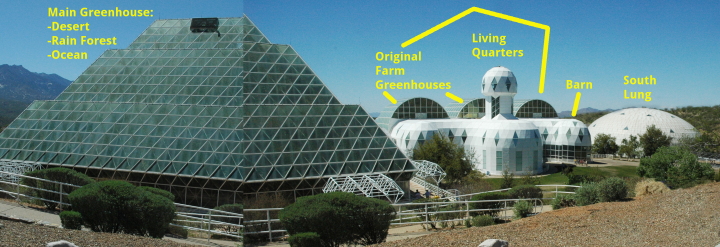NASA expands first manned Starliner mission
NASA has modified its contract with Boeing to allow its first manned Starliner test mission to add an astronaut and extend the mission’s length so that it more resembles an operational flight to ISS.
NASA is considering adding a third crew member to the Starliner’s “Crew Flight Test” and could extend its trip to the International Space Station from two weeks up to six months, the length of a typical ISS expedition. The potential changes, outlined in a contract modification with Boeing, could help NASA maintain its presence on the International Space Station through 2019 and beyond.
NASA’s last purchased ride aboard a Russian Soyuz spacecraft, upon which the U.S. has relied for access to the ISS since the shuttle’s retirement in 2011, is scheduled to launch in the fall of 2019.
Boeing’s new Starliner spacesuit features lightweight fabric, slim gloves and sneaker-like boots. But Boeing’s Starliner and SpaceX’s Crew Dragon may not be certified to fly four-person crews until after that. “This contract modification provides NASA with additional schedule margin if needed,” said Bill Gerstenmaier, head of human spaceflight operations at NASA headquarters in Washington. “We appreciate Boeing’s willingness to evolve its flight to ensure we have continued access to space for our astronauts.”
Doing this makes some sense, but I wonder why NASA chose to do it with Boeing’s Starliner instead of SpaceX’s Dragon. Starliner has never flown in any form, while the manned Dragon is based on SpaceX’s well tested design.
I suspect NASA will soon modify its SpaceX contract as well. It makes sense. Once you put humans on board, you might as well give yourself the option to do a full mission.
NASA has modified its contract with Boeing to allow its first manned Starliner test mission to add an astronaut and extend the mission’s length so that it more resembles an operational flight to ISS.
NASA is considering adding a third crew member to the Starliner’s “Crew Flight Test” and could extend its trip to the International Space Station from two weeks up to six months, the length of a typical ISS expedition. The potential changes, outlined in a contract modification with Boeing, could help NASA maintain its presence on the International Space Station through 2019 and beyond.
NASA’s last purchased ride aboard a Russian Soyuz spacecraft, upon which the U.S. has relied for access to the ISS since the shuttle’s retirement in 2011, is scheduled to launch in the fall of 2019.
Boeing’s new Starliner spacesuit features lightweight fabric, slim gloves and sneaker-like boots. But Boeing’s Starliner and SpaceX’s Crew Dragon may not be certified to fly four-person crews until after that. “This contract modification provides NASA with additional schedule margin if needed,” said Bill Gerstenmaier, head of human spaceflight operations at NASA headquarters in Washington. “We appreciate Boeing’s willingness to evolve its flight to ensure we have continued access to space for our astronauts.”
Doing this makes some sense, but I wonder why NASA chose to do it with Boeing’s Starliner instead of SpaceX’s Dragon. Starliner has never flown in any form, while the manned Dragon is based on SpaceX’s well tested design.
I suspect NASA will soon modify its SpaceX contract as well. It makes sense. Once you put humans on board, you might as well give yourself the option to do a full mission.






